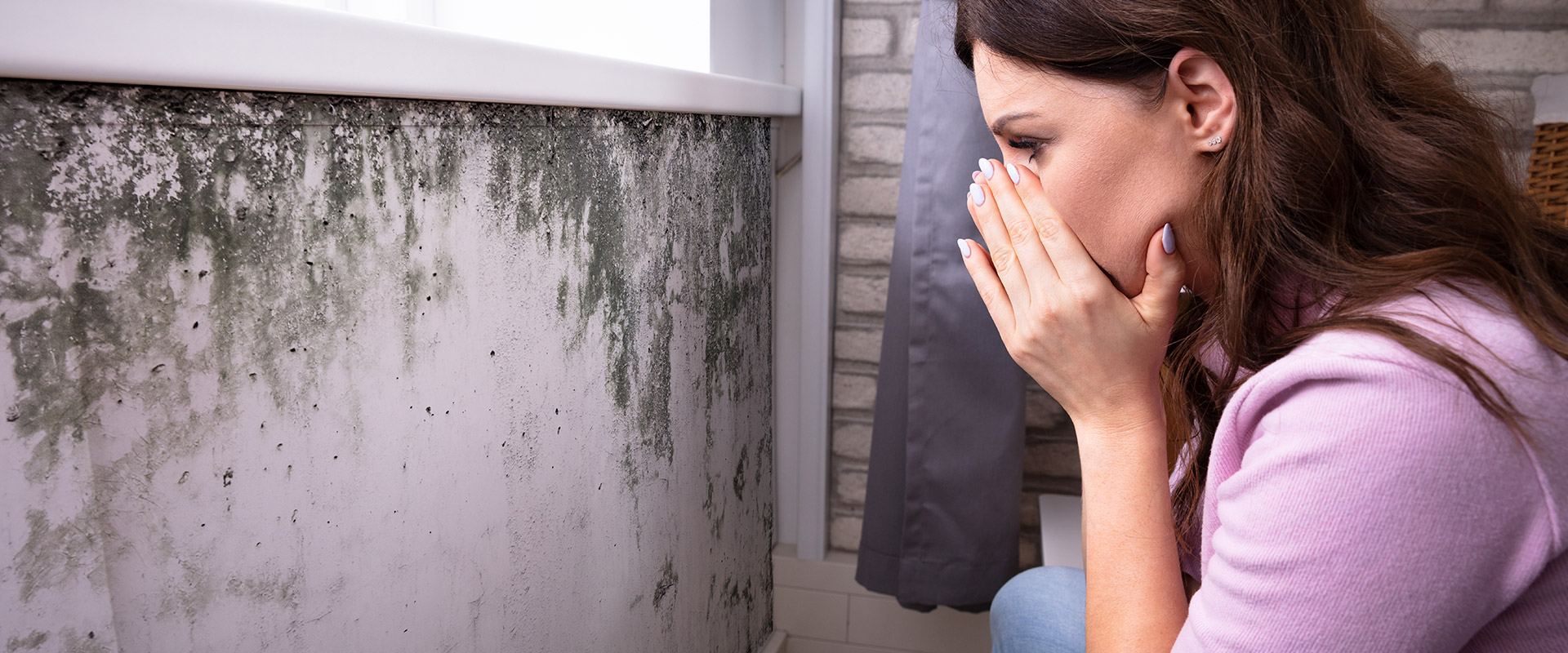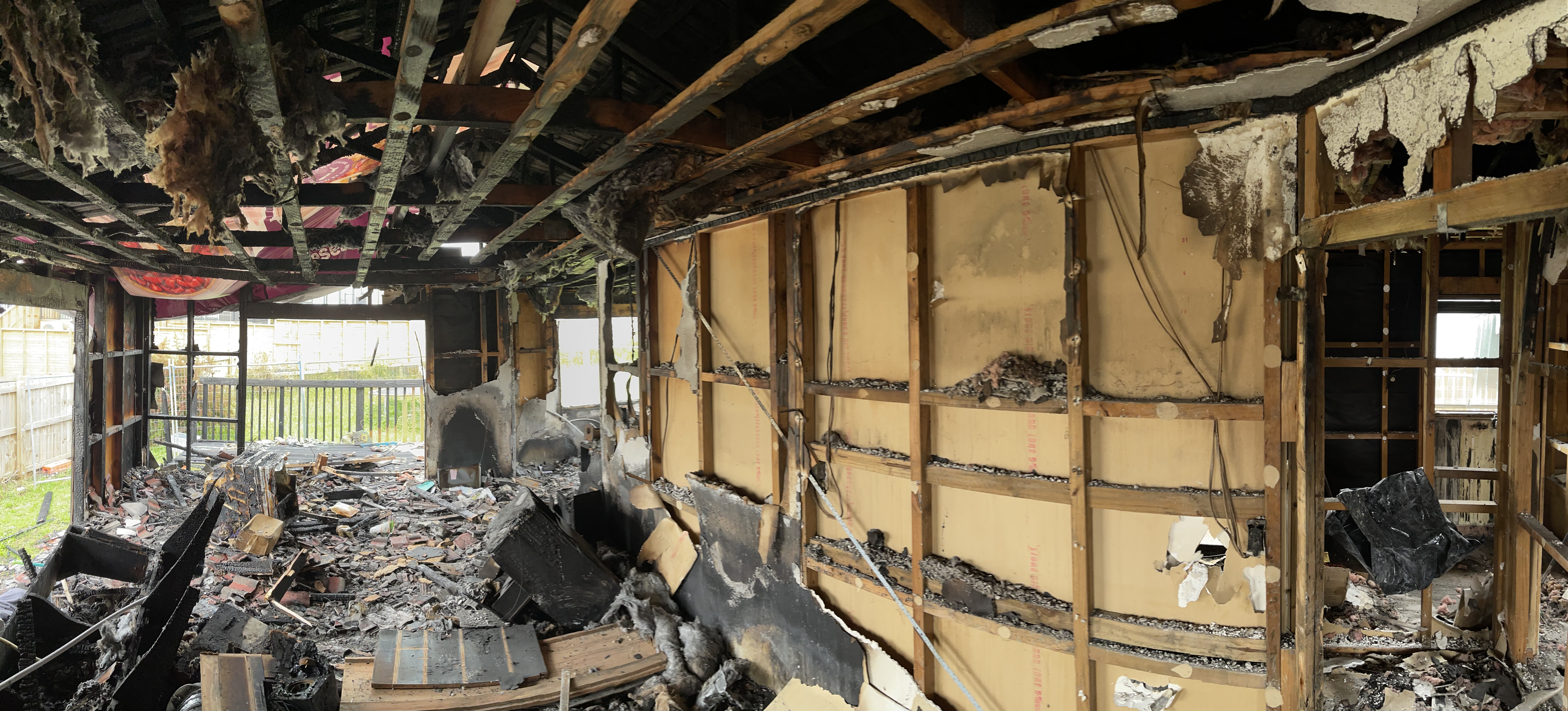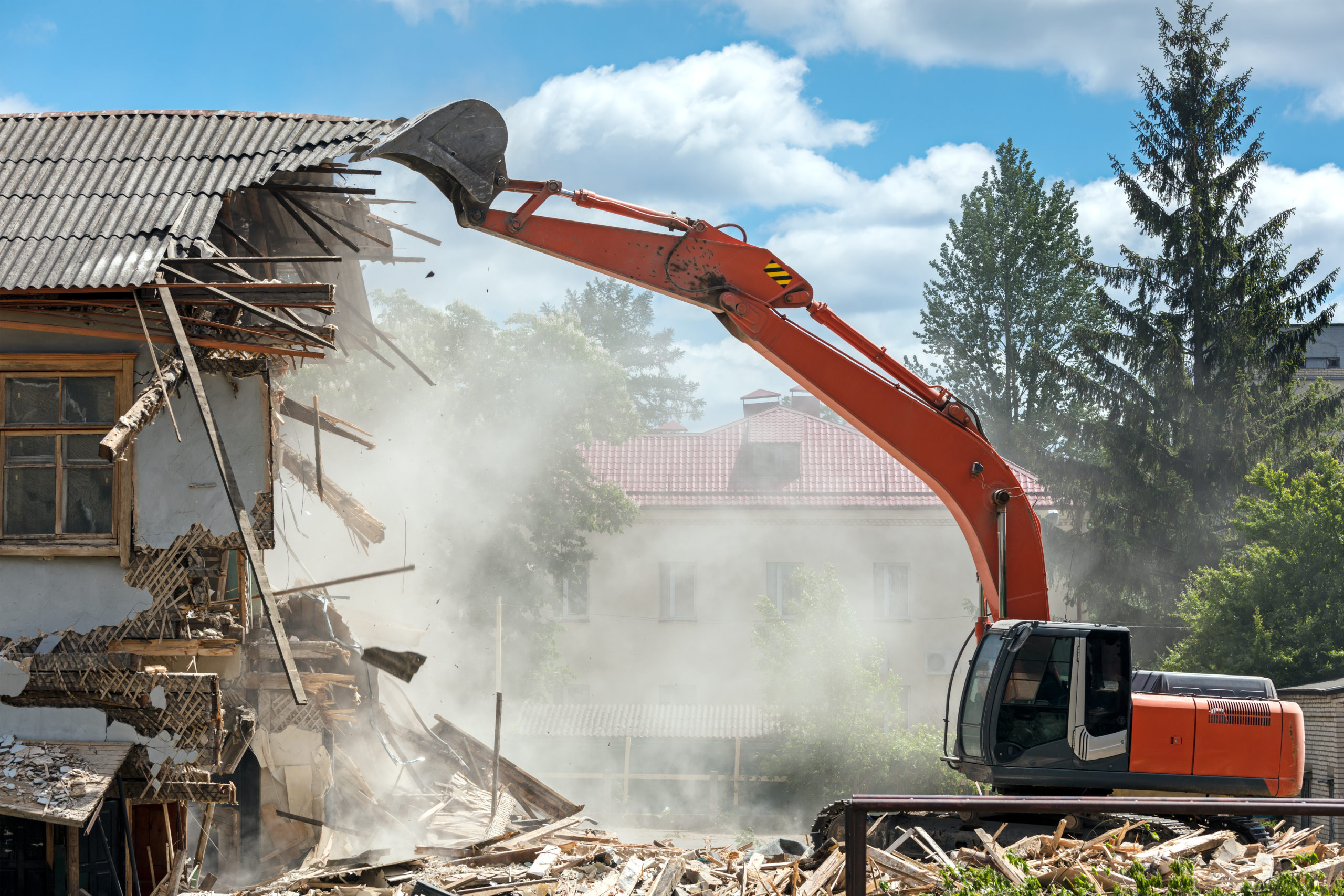Mould Removal & Restoration
What Causes Mould?
Mould and fungus grow in filaments and reproduce by forming tiny spores that sprout and fly away, invisible to the naked eye.
Mildew, is commonly found outside of a building structure and never inside, however, is often mis-interpreted as being found inside a property.
Mould grows and thrives in damp areas in and around the home. Often caused by areas with increased moisture, this can be due to condensation, leaks in the structure of the home and water leaks from pipes to name a few.
Shower walls, ceilings, windowsills, and poorly ventilated areas that attract moisture are prime areas for mould growth also.
Mould will grow, thrive, and survive when the following conditions are present.
- Moisture
- The right temperature
- A source of food (food for the mould to thrive on)
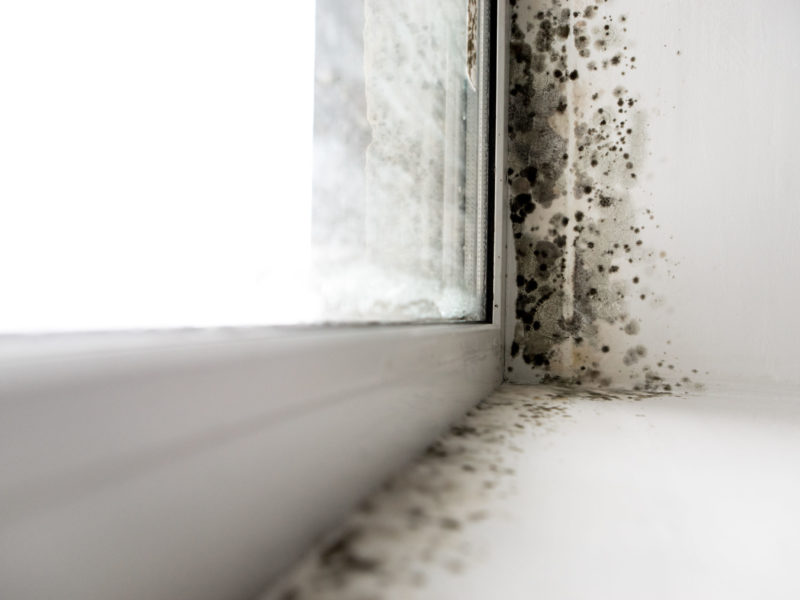
When mould is present in your home the exposure can be associated with a number of health issues, such as respiratory and breathing problems & allergic reactions. This is due to the tiny and invisible spores that can be release into the air and breathed in unknowingly over a period of time.
Types of Household Mould
There more than 100,000 different types of mould. Not every type of mould is threatening or a risk to health. There are many types of mould that should raise concern if found in your property.
The below types of moulds should be tested for and treated if found in your home as they can pose a risk to the property and the health of the occupiers.
Aspergillius (penicillium)
There are over 185 different species of Aspergillus mould and can appear in different colours with long flask-shaped spores that form in thick layers.
This type of mould can be a risk to those with compromised or weak immune systems and can cause allergic reactions and lung infections.
Aspergillosis is a known lung infection caused by exposure to Aspergillus mould.
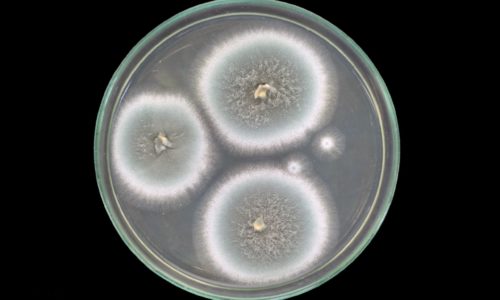
Cladosporium
Cladosporium grows in both warm and cold environments, and often thrives in indoor materials such as fabrics, upholsteries, carpets and windowsills.
A fast-growing mould that can produce high levels of spores and spread quickly. Cladosporium is also a common household mould found in New Zealand homes.
Stachybotrys – Commonly known as black mould
Stachybotrys is not always ‘black’ in colour, it can also present itself as a dark green or grey colour depending on its food source, and it often has a musty smell.
It thrives in damp, wet areas with high humidity levels and often grows on cellulose materials, such as wood materials, cupboards, doors, paper materials and framework.
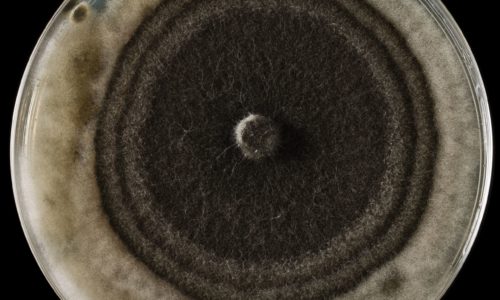
How much does mould removal cost?
The cost of mould removal and treatment in the home really does depend on the scale and scope of the mould removal required.
Factors, such as the volume of areas affected by mould, the extent of the mould damage, the mould type, and the type of material that the mould has affected will determine the cost of the mould removal and treatment.
Cases of mould in the home will likely show a visible area of mould growth and damage, however, often there is hidden mould, this can be found behind walls, under flooring and behind ceilings to name a few.
Even if there is no mould visible but you can smell a damp musty odour or see dampness on windows or walls such as condensation, then it is recommended to further investigate the cause to determine an action plan.

- In New Zealand mould removal and treatment can range from $55.00 per hour.
- A single room can cost just $55.00 – $150.00 and is dependent on the scale and scope mentioned.
- Spore treatment through fogging can range between $150.00 – $900.00 for a whole home.
- Deconstruction due to severe mould growth could cost up to but not limited to $850 for a room to remove all linings, carpets, curtains, fixtures and fittings.
When you find mould growing in your home, do not ignore it, as this is a clear and visible sign that there is a problem with moisture, ventilation, and other related problems to your home.
If left alone, dampness and mould will continue to thrive and grow, further damaging your property increasing the risk to health.
At NZRS, we have certified IICRC mould removal technicians and treatment experts, we follow the IICRC S520 standards for mould remediation wherever possible.
Using a mould removal & remediation professional
What to know when hiring a professional mould remediation company in New Zealand.
- If mould growth is discovered in your property such as plasterboard (gib board), ceilings, trim, or unfinished wood surfaces, and the affected area is more than a dinner plate in size, then hire a reliable mould remediation company.
- Look for a company that will not only treat the mould but will also address the source of the mould growth.
- By treating the source and not just the symptom will prevent the return of mould.
- DON’T use the spray and walk away guys or you could pay twice! Often these DIY products act as a short term resolution and can sometimes increase the growth of mould by becoming a food source for the mould.
- Mould remediation companies can often remove and mitigate your surface mould in just a few hours.
- A few days may be required for some mould treatments where the mould is hidden and not visible. This is when removing carpet, plaster board, renovation and rebuilding is required.
In most cases the mould clean-up process is as follows for severe moulds:
- Removing water-damaged and mould-infested materials.
- Removing plaster (gib) walls and studs if mould damage is extensive.
- Vacuuming with HEPA (high-efficiency particulate air) filtration.
- Cleaning and disinfecting walls, carpet, and personal items for spores.
- Moisture tests and readings throughout the remediation project
If the mould contamination is severe and you are allergic or sensitive to mould, you may need to live elsewhere during the mould remediation process.
Simple ways to reduce dampness and moisture in the home
- Air and ventilate your home regularly by opening windows and doors for 10-15 minutes each day or have a ventilation system installed.
- Use low emission and energy efficient heating devices. Be sure to heat all rooms that are in use to at least 18˚C.
- Un-flued or portable gas heaters can increase condensation and dampness. Try not to use these.
- Dry washing outside by using a washing line or a clothes rack under cover, in the garage, carport or covered outdoor areas.
- Ensure electric clothes dryers are vented to the exterior.
- Use extractor fans – These are a great resource to remove moisture in the laundry and bathroom, also use a fan or rangehood to reduce moisture in the kitchen.
- Before showering or taking a bath use the bathroom extractor fan. Shut the bathroom door and open the window at least an inch, then leave the fan running until the moisture completely disappears and the room is dry, timers can be installed to old fans to automatically do this.
- When cooking, do use lids on pots, this helps to mitigate the steam escaping and contributing to condensation and dampness.
- Move household furniture away from walls during the winter months. A gap of 10cm will help to prevent mould, especially walls.
- Leave wardrobe doors slightly open as the air circulation will help prevent mould growing on fabric and clothing.
- Healthy homes standards now apply and need to comply with the Tenancy act, get a Healthy Home inspection to understand more about your home.
Checklist – Reducing mould growth and moisture in home
- Check that your, rangehood, clothes dryer and any other household extractor fans and ventilation systems are sending air and moisture to the outside and external to the property, not inside or in the ceiling space.
- Check that extractor fans and ducting are a minimum of 150mm in diameter. Diameters that are smaller in size may not be effective with the exception of a toilet.
- Check for damaged ducting and that it is short and straight as possible as this will provide better extraction performance.
- Check that extractor fans and rangehood filters are clean and are regularly cleaned. This includes regular servicing of ventilation systems taking warm air from the ceiling space.
- Check that plumbing pipes have no leaks and that there is no moisture is getting into walls, flooring or near showers or baths, if you have access to check from under the house then do-so. A sudden increase in your water bill can indicate a potential leak in addition to the symptoms mentioned.
- Check for unusual sounds coming from water pipes and faucets can indicate air in the pipes and a potential issue with the bleed-off system. Low water pressure and any visible brownish water stains on walls or ceilings can be signs of a potential water leak.
- Sluggish and slow drainpipes can indicate a blockage, which could lead to unwanted flooding if left untreated.
- During and after the next rain downpour, check for leaking or blocked downpipes and gutters, ensure that downpipes are connected to storm water drains.
- Check that there are no leaks in wall and roof cladding and flashings.
- Check that any concrete walls and floors (lift the flooring) have no white mineral deposits or damp patches, if these are present moisture may be coming through.
- Check the local council or tenancy websites for updates, and most up to date standards such as The Healthy Homes Standards.
Mould Removal & Treatment FAQs
Why use professional mould removal services?
Getting mould treated and removed from the home or building by professionals can be beneficial as a long-term solution.
Professional mould removal providers have all the knowledge, equipment, and expertise to safely identify and eliminate all types of mould and prevent it from returning (treat the cause, not the symptom).
Often, DIY mould removal, over the counter chemicals, home remedies and spray and walk away techniques are temporary and are a short-term solution.
Mould spores can cause or encourage respiratory problems. Professional mould removal protects people’s health and makes their homes safe by mitigating spores during removal.
Does my homeowner’s insurance cover mould removal & remediation?
In New Zealand, some insurance providers indicate they can cover mould remediation within their insurance policies.
However, this often depends on the cause of the mould such as a burst water pipe or emergency water damage remediation. Poor maintenance or progressive issues may not be covered, act quickly.
If you have homeowner’s insurance or a similar policy, we recommend checking with your provider to determine if your particular mould problem is covered in their policy.
What Are the different conditions of mould?
Condition 1 – (Normal Fungal Ecology):
An indoor environment that may have settled spores, fungal fragments, or traces of actual growth whose identity, location and quantity are reflective of a normal fungal ecology for a similar indoor environment.
Condition 2 – (Settled Spores):
An indoor environment which is primarily contaminated with settled spores that were dispersed directly or indirectly from a condition 3 area, and which may have traces of actual growth.
Condition 3 – (Actual Growth):
An indoor environment contaminated with the presence of actual mould growth and associated spores. Actual growth includes growth that is active or dormant, visible or hidden.
What does your professional mould removal & remediation plan consist of?
At NZRS we follow the IICRC S520 standards to ensure the removal is following industry best practice procedures such as:
Develop a work plan, this would include the following information at a minimum
- Containment, separating work areas so as not to cross-contaminate areas during remediation
- Pressure Differentials, air filtration devices used to mitigate spores and assist in containment
- Hazardous or Regulated materials, inspection for materials such as asbestos and lead paint as to not disturb these during remediation
- Safety and Health provisions, for workers and occupants
- Contents, these could be affected with spores and require treatment
- Contaminated materials for removal and handling, some materials cant be cleaned and require removal
- Detailed cleaning, the use of approved vacuums and cleaning solutions, some cleaning products may be residual and leave toxic chemicals in place of the mould, be wary of spray and walk away products
- Disposal, correct handling of contaminated materials and removal from your home
- Post remediation evaluation, clearance testing is available by hygienists to confirm the mould has been removed










